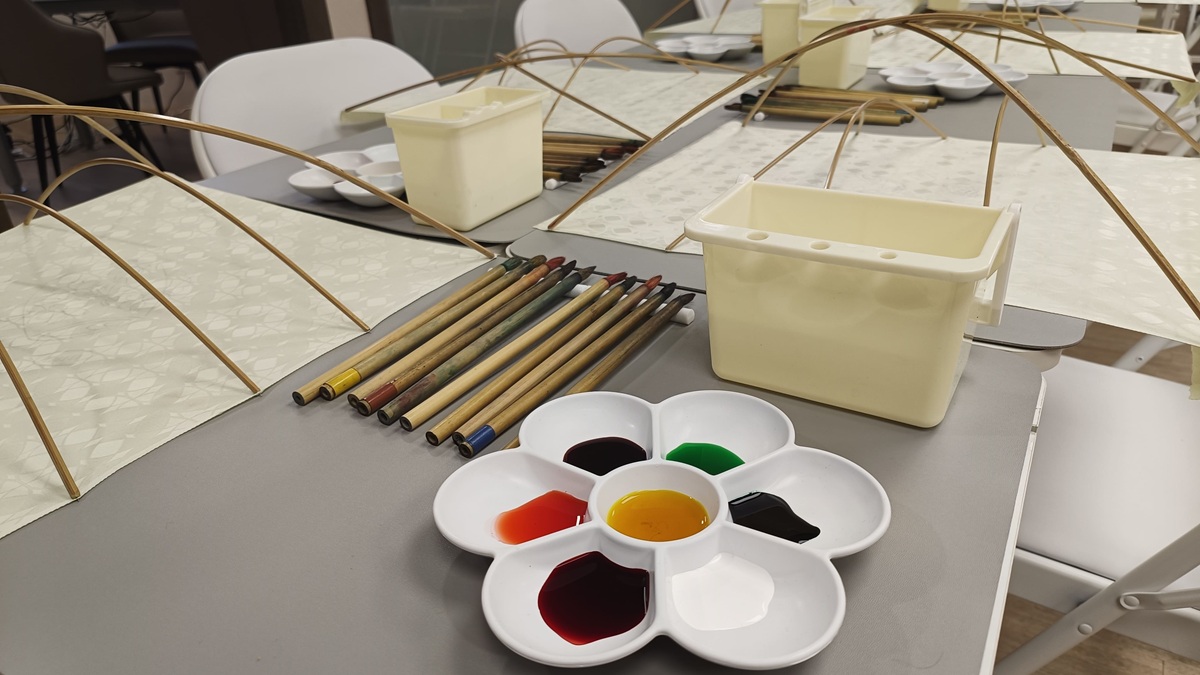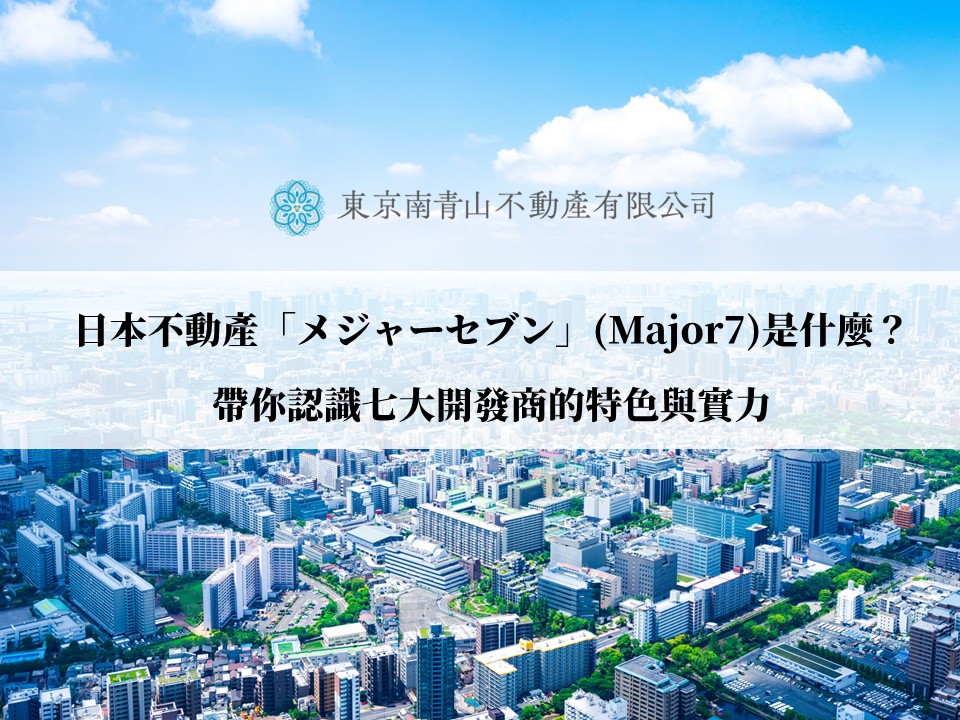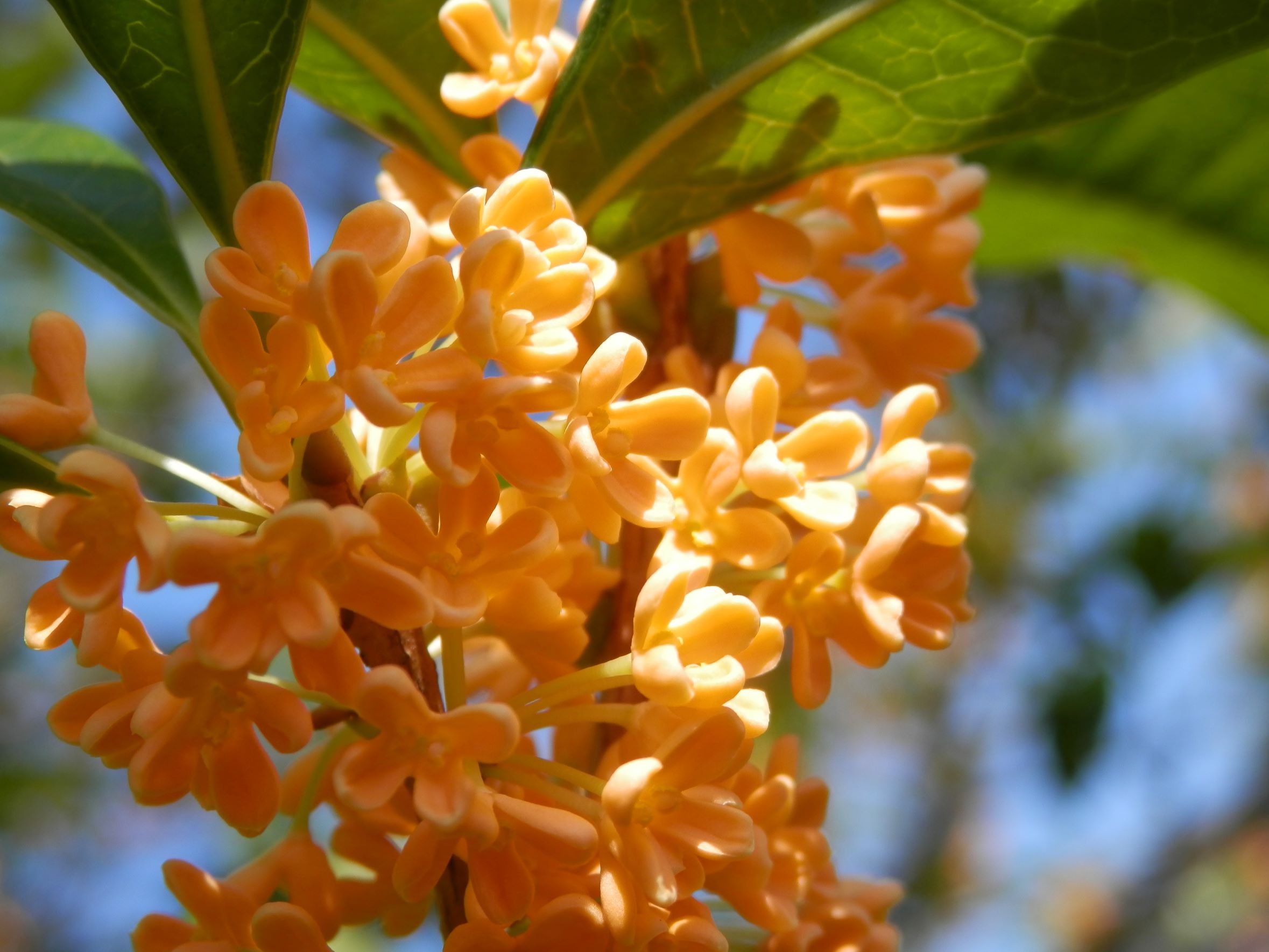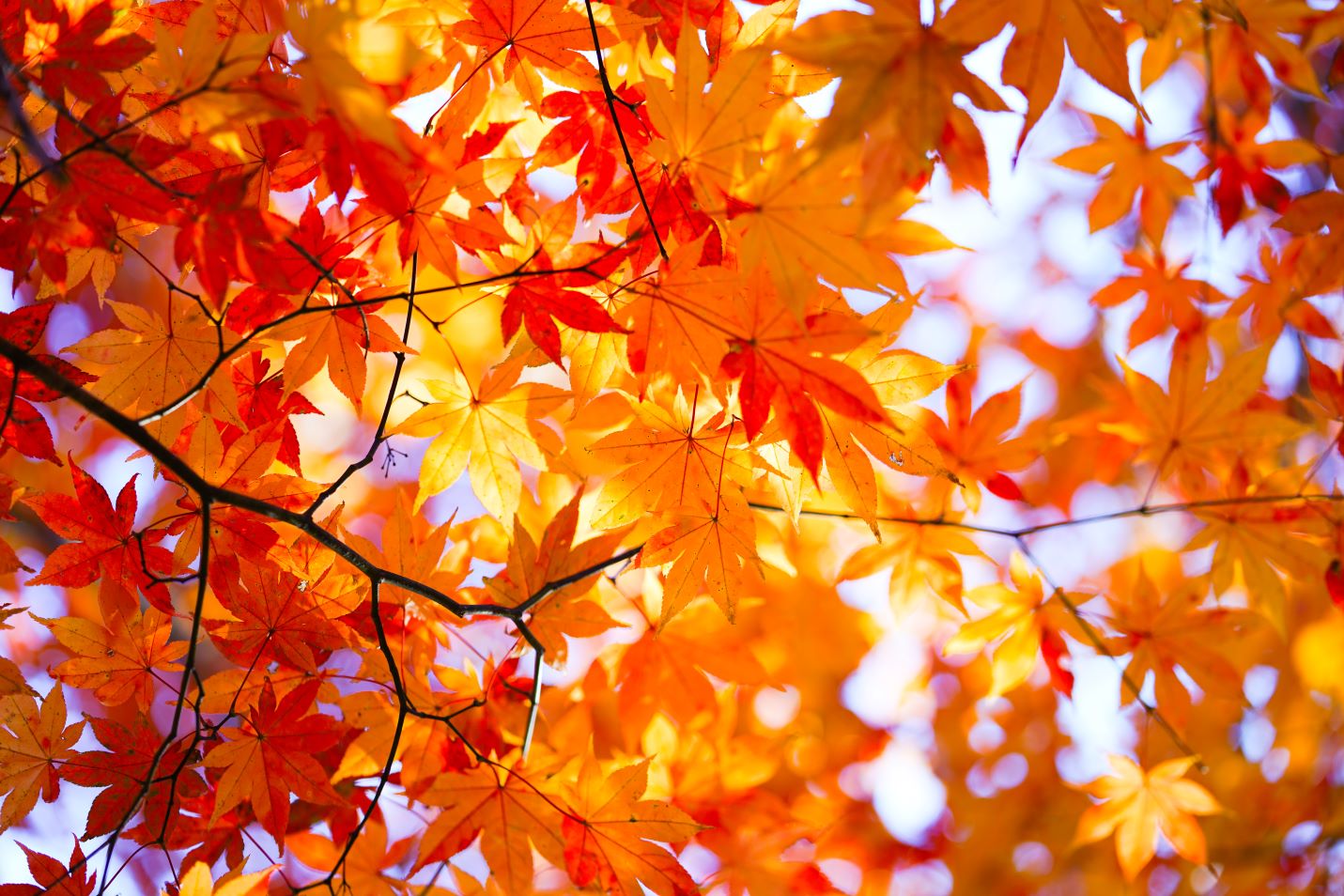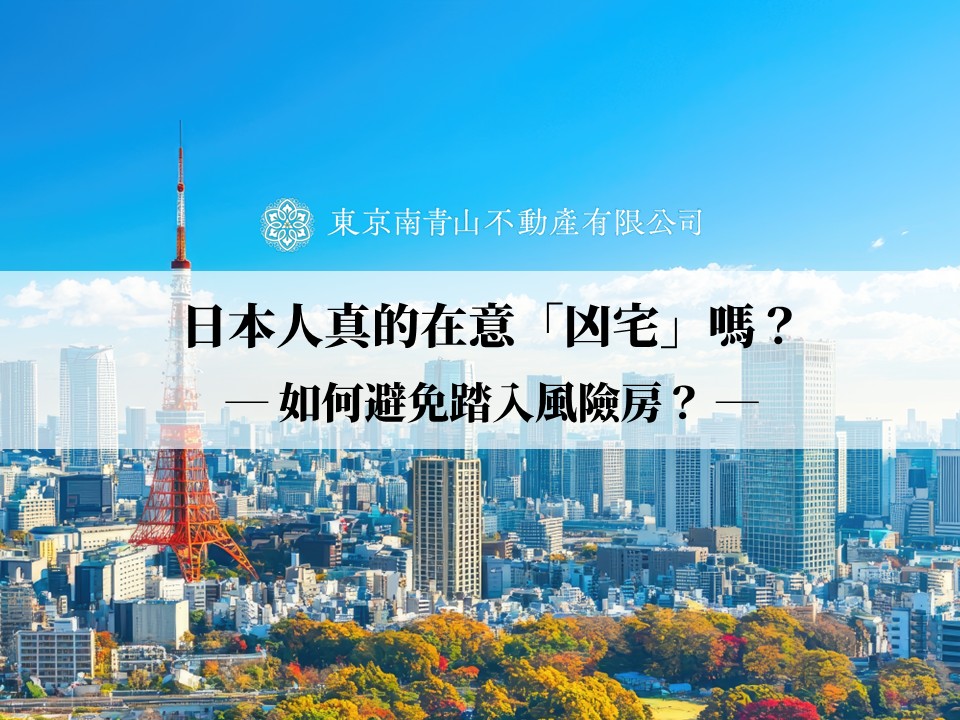Tokyo Hand-Painted Yuzen: A Craftsmanship Legacy from the Edo Period
Kimono is one of the most iconic symbols of Japanese culture, and among its many styles, Yuzen dyeing is renowned for its intricate craftsmanship and vibrant colors. In particular, Tokyo Hand-Painted Yuzen, developed in Tokyo, represents a refined artisan aesthetic that has been passed down since the Edo period. It embodies a unique spirit known as Iki (粋)—a subtle yet sophisticated sense of beauty.
The Birth of “Tokyo Yuzen” in the Edo Period
Yuzen originated in the 17th century, created by Miyazaki Yuzensai, a painter active in Kyoto. He applied painting techniques to kimono design, pioneering a new form of artistic expression that merged fine art with fashion. This technique later spread to Edo (modern-day Tokyo), where it evolved under the flourishing chōnin (townspeople) culture, giving rise to a distinct style known as Tokyo Hand-Painted Yuzen, different from Kyoto Yuzen and Kaga Yuzen.
Unlike the ornate decorations of other styles, Tokyo Yuzen deliberately adopts deep tones based on indigo and white, reflecting the restrained and modest aesthetics of Edo’s samurai society. This embodies the Edo-era ideal of Iki—a refined beauty that avoids flamboyance while emphasizing taste and elegance.
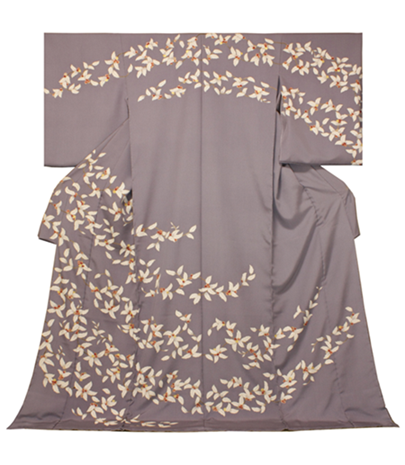
A Single Artisan Behind Every Piece
Unlike Kyoto Yuzen and Kaga Yuzen, which rely on a division of labor, Tokyo Hand-Painted Yuzen emphasizes the dedication of a single artisan who oversees the entire process—from design and sketching to dyeing. This is not merely a technique; it is a reflection of the craftsman's unwavering commitment.
Every detail—from the choice of dyes and water sources to the handling of brushes—embodies a pursuit of perfection in both quality and craftsmanship.
Traditional Craft in a Modern Light: Interview with Takashi Ogura, Third-Generation Head of Ogura Dye Studio
“Being born into a traditional craft family and choosing to carry on the legacy is not something everyone can do,” says Mr. Takashi Ogura, the third-generation successor of Ogura Dye Studio, a century-old dyeing workshop located in Takadanobaba, Shinjuku, Tokyo.
Having studied abroad in Australia, Mr. Ogura once envisioned a different career path and never expected to take over the family business. It wasn’t until he witnessed the admiration of foreign friends for Japanese culture that he began to reevaluate the value of his heritage. “My father’s work,” he says, “is also a form of design.”
Under his father’s guidance, he started from scratch—learning how to dye, mix colors, and master the nuances of every brushstroke and pigment concentration. With over 300 brushes, each serving a unique purpose, the goal is to ensure that every kimono reflects the inner beauty and character of the wearer.
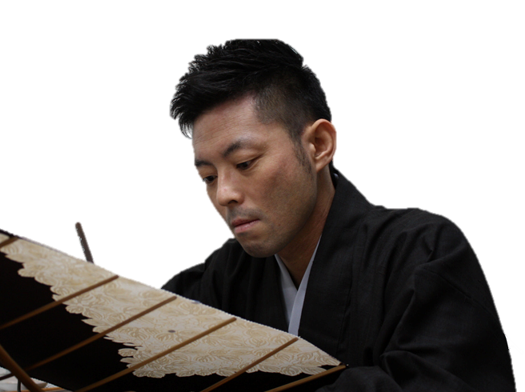
Bringing Kimono Back into Everyday Life
Mr. Ogura actively collaborates with fashion brands, designing labels for international sparkling wine and participating in modern product design. He shares, “What I pursue is not mass-produced, inexpensive clothing, but something like a hidden hot spring—an experience everyone should have at least once in their life. That’s the kind of kimono I want to create.”
Kimono can be unstitched and remade, and even passed down through generations—this is the true charm of traditional craftsmanship. Looking ahead, Mr. Ogura hopes that more people will engage with, understand, and wear this cultural heritage through Tokyo Hand-Painted Yuzen.
Event Highlights: Tokyo Hand-Painted Yuzen Comes to Kaohsiung and Taipei!
To celebrate the opening of Tokyo Minami Aoyama Real Estate’s Taipei office, a collaborative event was held with affiliated companies and MARE Japanese Specialty Store on June 21 and 22, 2025. The Tokyo Yuzen Hand-Painting Experience featured Mr. Takashi Ogura, the third-generation artisan of Ogura Dye Studio, who was invited to Taiwan to personally demonstrate dyeing techniques in Kaohsiung and Taipei.
Both events were fully booked. Participants had the rare opportunity to try hand-painting themselves and listen to stories of tradition and innovation directly from the artisan. Many attendees shared their impressions: “The event was thoughtfully organized, the staff were friendly, and we could truly feel the artisan’s expertise. It’s amazing to experience traditional Japanese craftsmanship right here in Taiwan!”
Several of Mr. Ogura’s works were also exhibited on-site, allowing guests to appreciate the beauty of Tokyo Hand-Painted Yuzen up close. Through this cultural exchange and hands-on experience, Yuzen is no longer just an art form confined to museums—it has become a living cultural experience woven into everyday life.
From Edo to Today: The Spirit of Iki Lives On
Tokyo Hand-Painted Yuzen is more than just a dyeing technique—it is a continuation of a way of life. It represents not merely patterns on fabric, but the Edo people’s commitment to the Iki aesthetic: understated, refined, and deeply tasteful. Every brushstroke and every hue carries the spirit of the artisan and the timeless beauty of Japanese tradition.
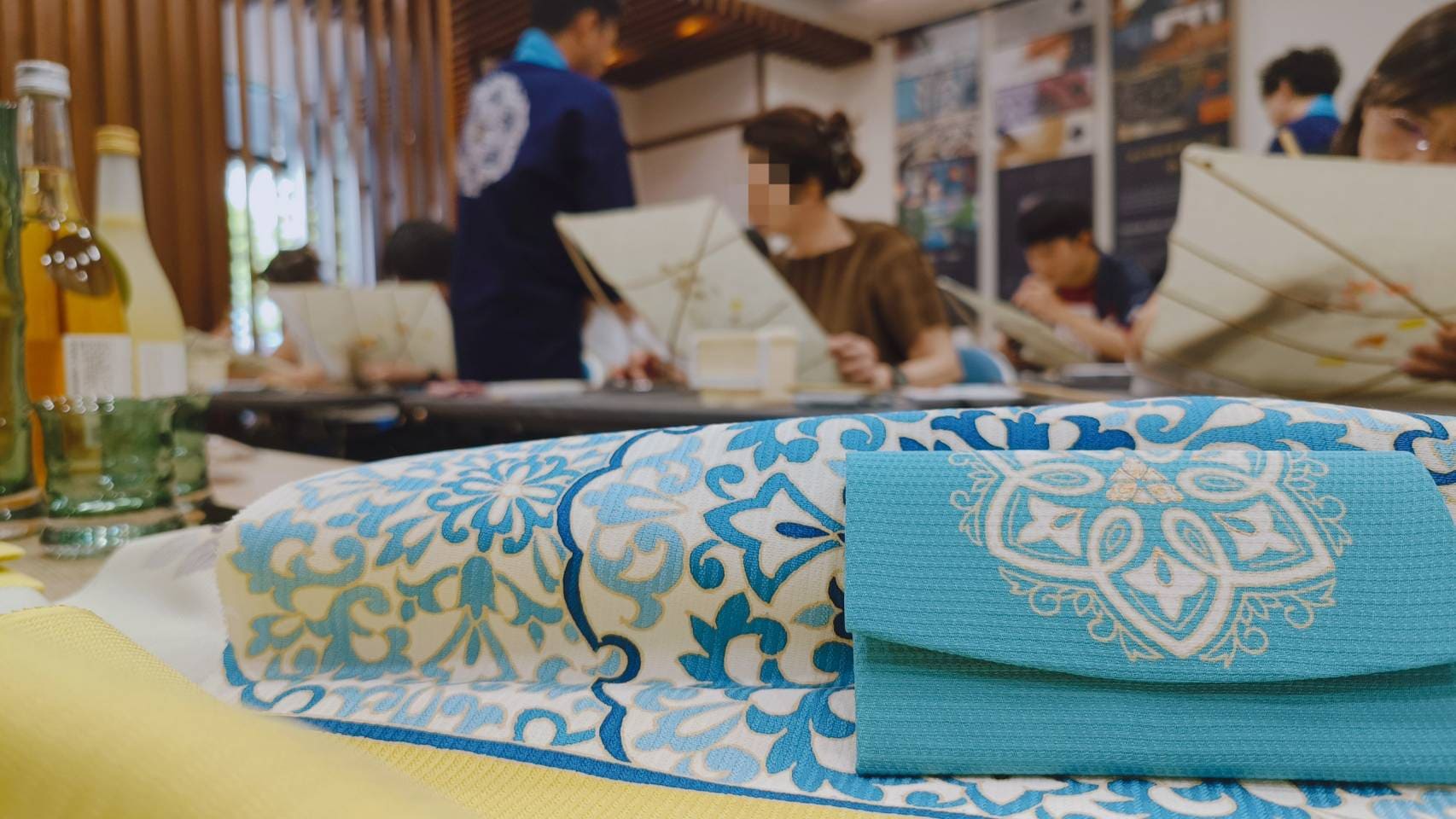
Further Reading:
